
Grenache, celebrated for its versatility and distinct character, is the unsung hero of the wine world. This article delves into the fascinating world of Grenache, guiding both connoisseurs and novices through its intricate landscape. We begin by exploring the essence of Grenache wines, unveiling what sets them apart in the vast vineyard of varietals.
Next, we'll indulge in the sensory profile of Grenache wines, discussing their unique aromas, flavours, and textures that enchant the palate. This leads us to the art of food pairing, where we'll reveal how Grenache's unique characteristics make it a delightful companion to a diverse array of culinary creations.
Our journey then takes us to the heartlands of Grenache wine production. We'll explore the regions that have mastered the art of cultivating this varietal and how their distinct climates impart unique qualities to the wines.
Understanding the influence of terroir is essential, and we'll delve into how climate intricacies shape the soul of Grenache wines. For those looking to add a bottle of Grenache to their collection, we provide insider tips on how to choose a quality bottle, ensuring a memorable tasting experience.
Lastly, we draw a comparative analysis between Grenache and its often-mentioned counterpart, Syrah. By highlighting their similarities and differences, we aim to provide a deeper understanding of these two distinguished varietals.
Grenache wines, known for their medium to full-bodied nature and high alcohol content (often over 15% ABV), offer a rich tapestry of flavours and aromas that appeal to a wide range of palates. They are characterized by primary flavours such as stewed strawberry, grilled plum, leather, dried herbs, and blood orange. These wines exhibit medium tannins and medium acidity, contributing to a balanced and robust taste profile.
Originating in the Spanish region of Aragon, Grenache grapes, also known as Garnacha in their country of origin, Cannonau or Alicante Nero in Italy and Grenache Noir in different wine regions, have a rich history. They were once the world's most-planted grape variety and have been part of winegrowing traditions in regions like Australia from the very beginning, initially used for fortified wines. Grenache vines have adapted well to various climates, including the warm regions of northern Spain, where they produce wines with high alcohol and robust flavours like ruby-red grapefruit, cherry, and licorice. In contrast, the French Grenache from the cooler Southern Rhône is more refined, with less alcohol and more pronounced herbal notes.
Grenache's versatility extends to food pairings. Its spice and flavour intensity make it an excellent match for roasted meats and vegetables spiced with Asian 5-spice and cumin. It pairs well with a variety of proteins, especially when grilled or BBQ'd, and its earthy and spicy notes add complexity to many dishes. For example, it complements grilled chicken cooked in herb butter, Lamb Vindaloo, roasted turkey, and even vegetarian dishes like roasted veggies. A lighter-bodied and slightly chilled Grenache can balance the burn of spicy foods, thanks to alcohol's ability to dissolve capsaicin, the compound responsible for heat in spicy foods.
In terms of regional growth, California is a prominent grower of Grenache grapes that produce medium-bodied wines with notes of white pepper, dried herbs, cherry, and strawberry jam. Similarly, in Australia, particularly the Barossa Valley, Grenache wines are known for their complexity and deep red fruit notes, often blended with Shiraz.
Given its diverse flavour profile and ability to adapt to various climates and regions, Grenache offers a unique and enjoyable wine experience for both casual drinkers and wine enthusiasts. This makes it one of the most popular red wines worldwide, along with others like Cabernet Sauvignon.
The sensory profile of Grenache wines is a complex tapestry that weaves together visual, aromatic, and taste elements to create a unique and captivating experience. Each aspect of this sensory profile contributes to the overall character of Grenache wines, making them a favourite among wine enthusiasts.
The visual appeal of a wine can be as engaging as its taste. Grenache wines are known for their vibrant appearance, which hints at the richness awaiting the palate.
Grenache wines typically exhibit a medium to full-bodied nature, characterized by a bright and alluring colour palette. The hues can range from a lighter, more translucent ruby to a deeper, more intense garnet, depending on the specific wine-making practices and the age of the wine. This visual vibrancy is a precursor to the rich and complex experience that Grenache wines provide.
The aroma of a wine is a critical component of its overall profile, offering the first hint of what's to come upon tasting. Grenache wines are known for their rich and varied aromatic profile.
These aromas come together to create an inviting and complex bouquet, setting the stage for the taste experience.
The true essence of a wine is revealed in its taste. Grenache wines offer a dynamic and layered taste profile that caters to a wide range of palates.
The taste of Grenache wines is a harmonious blend of different flavours, with medium tannins and medium acidity contributing to a well-balanced and enjoyable drinking experience. Whether enjoyed on their own or as part of a meal, Grenache wines provide a sensory journey that is both memorable and satisfying.
Grenache wines, known for their rich flavour profiles and versatility, pair exceptionally well with a wide range of foods from various cuisines, including vegan options. The choices are diverse, reflecting the wine's global appeal and its ability to complement different ingredients and cooking styles.
Grenache wines are not only a treat for the palate but also bring a world of pairing possibilities to the table, making them a versatile choice for various culinary adventures. Whether you are enjoying a hearty meat dish, a flavorful vegan meal, or a fresh seafood platter, there is a style of Grenache that can enhance the dining experience.
Grenache wines, celebrated for their adaptability and variety, are produced in several key regions around the world, each imparting unique characteristics influenced by local climates.

Grenache wines reflect the climate of their regions distinctively. The grape's preference for hot, dry, and windy conditions is evident in the high sugar levels and substantial alcohol content (often exceeding 15% ABV) of the wines. This is particularly notable in Mediterranean climates like those found in Spain and southern France.
In regions with well-drained soils, such as those with schist and granite compositions, Grenache wines tend to exhibit concentrated flavours and a unique minerality. The winds of areas like the Rhône Valley and Aragon in Spain not only aid in the grape's health but also contribute to the development of its flavour profile.
Each of these regions brings out different aspects of Grenache wines, from the fruity and spicy notes of Spanish Garnacha to the robust and complex flavours of French and Australian Grenache. This diversity makes Grenache wines a fascinating subject for exploration by wine enthusiasts globally.
To enhance your experience with Grenache wines, consider these pro tips:

Following these guidelines will allow you to experience the richness and diversity of Grenache wines in their most splendid form.
Grenache and Syrah wines, while sharing some similarities, have distinct characteristics that set them apart. They are often blended together, particularly in Southern Rhône blends, creating wines that merge the best qualities of both. Here's how they compare:
Grenache wines are known for their lighter body and vibrant fruit flavours, while Syrah wines offer a fuller body with darker fruit notes and more complex aging potential. When blended, these wines create a balance of fruitiness and structure, producing a wine very suitable for different food pairings and occasions.
Our journey through the world of Grenache wines reveals a rich and varied landscape, captivating for both the experienced wine enthusiast and the casual drinker. Originating in Spain and thriving in warm climates globally, Grenache wines are celebrated for their adaptability and unique character. Their sensory profile is a blend of medium to full-bodied textures, vibrant hues, and a diverse bouquet ranging from stewed strawberries to earthy undertones. In terms of flavour, they strike a harmonious balance between fruit, spice, and earthiness.
Grenache wines excel in food pairings, their spicy and robust nature complementing a wide array of dishes, including grilled meats, Mediterranean cuisine, and even vegan options. The grape's affinity for hot, arid climates significantly influences its flavour and alcohol content. When selecting a Grenache wine, considering factors like origin, flavour notes, body, and aging potential is crucial. Grenache often finds a perfect partner in Syrah for blends, where the fruitiness of Grenache melds seamlessly with the structure and depth of Syrah.
Grenache wines offer a world of taste experiences, from their rich sensory profiles to their versatile food pairings and distinctive regional characteristics.







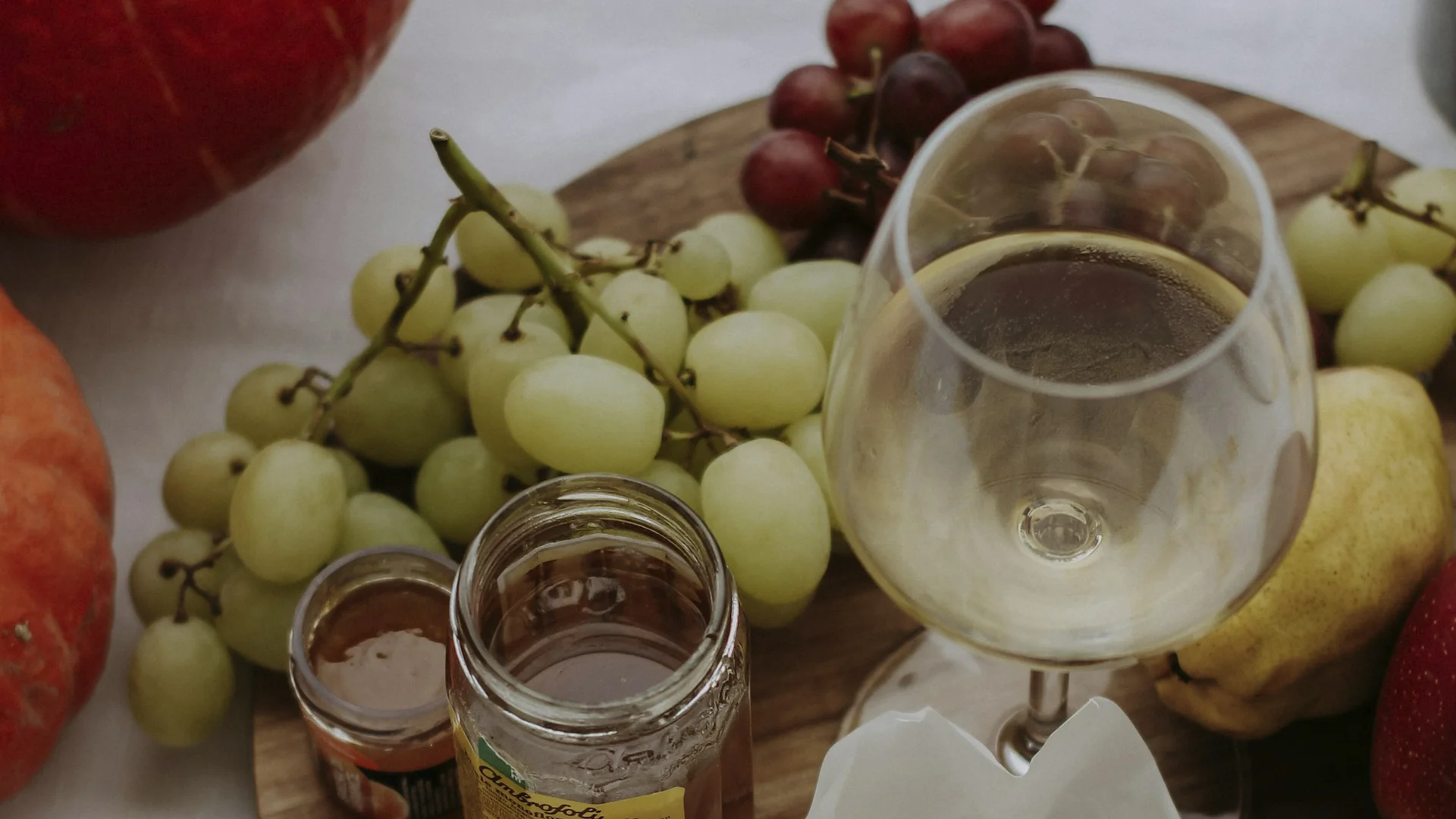













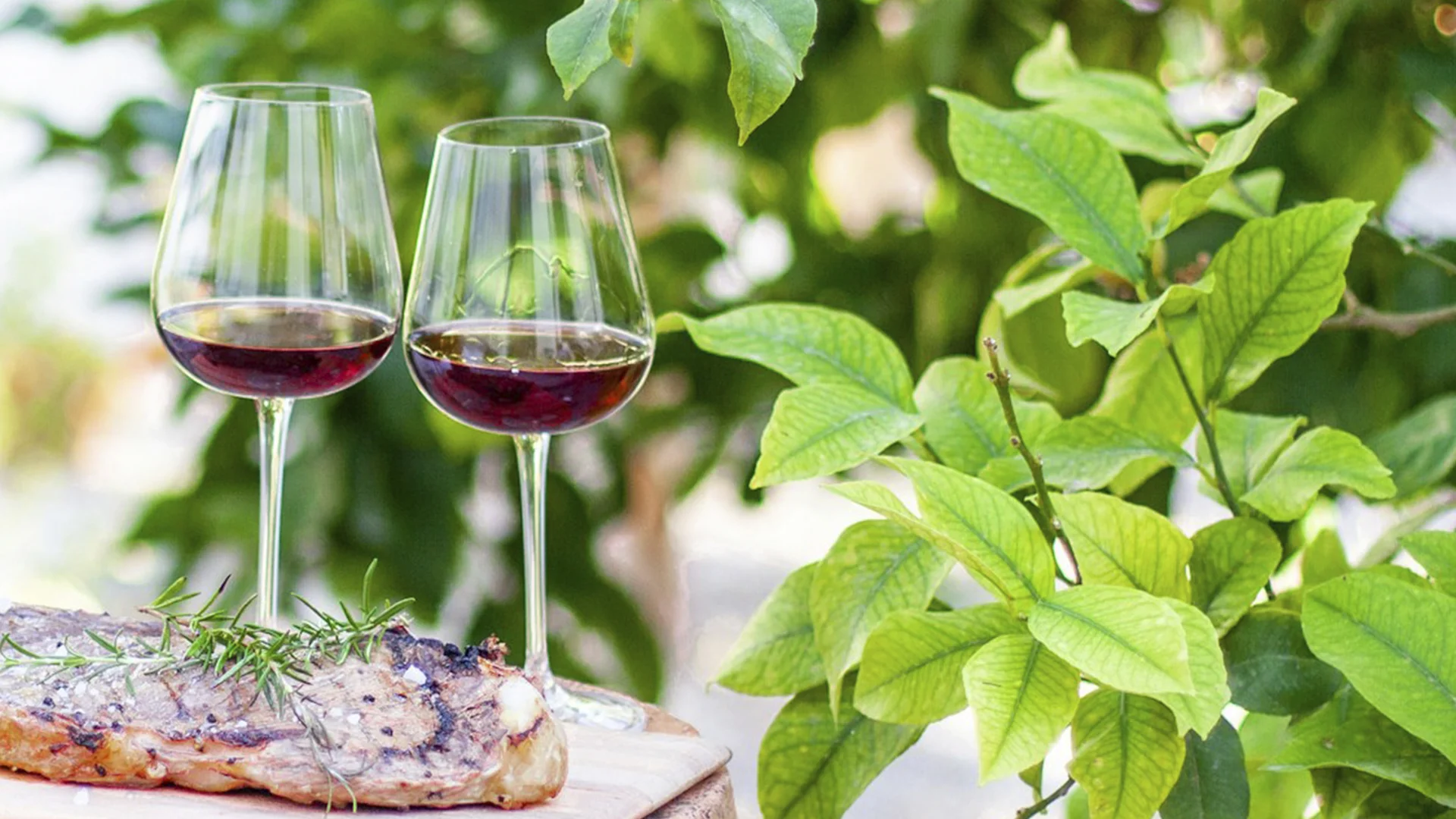





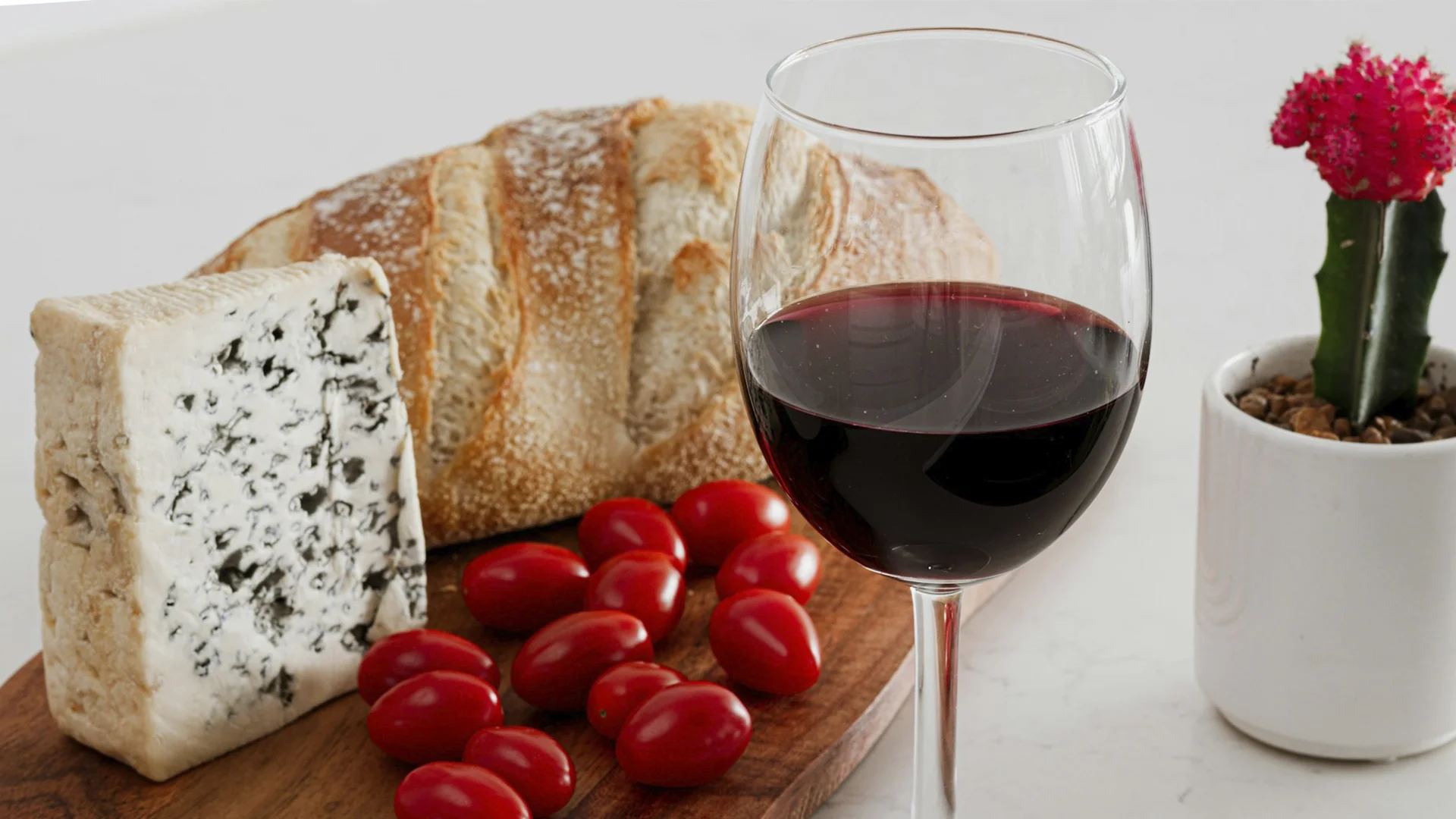






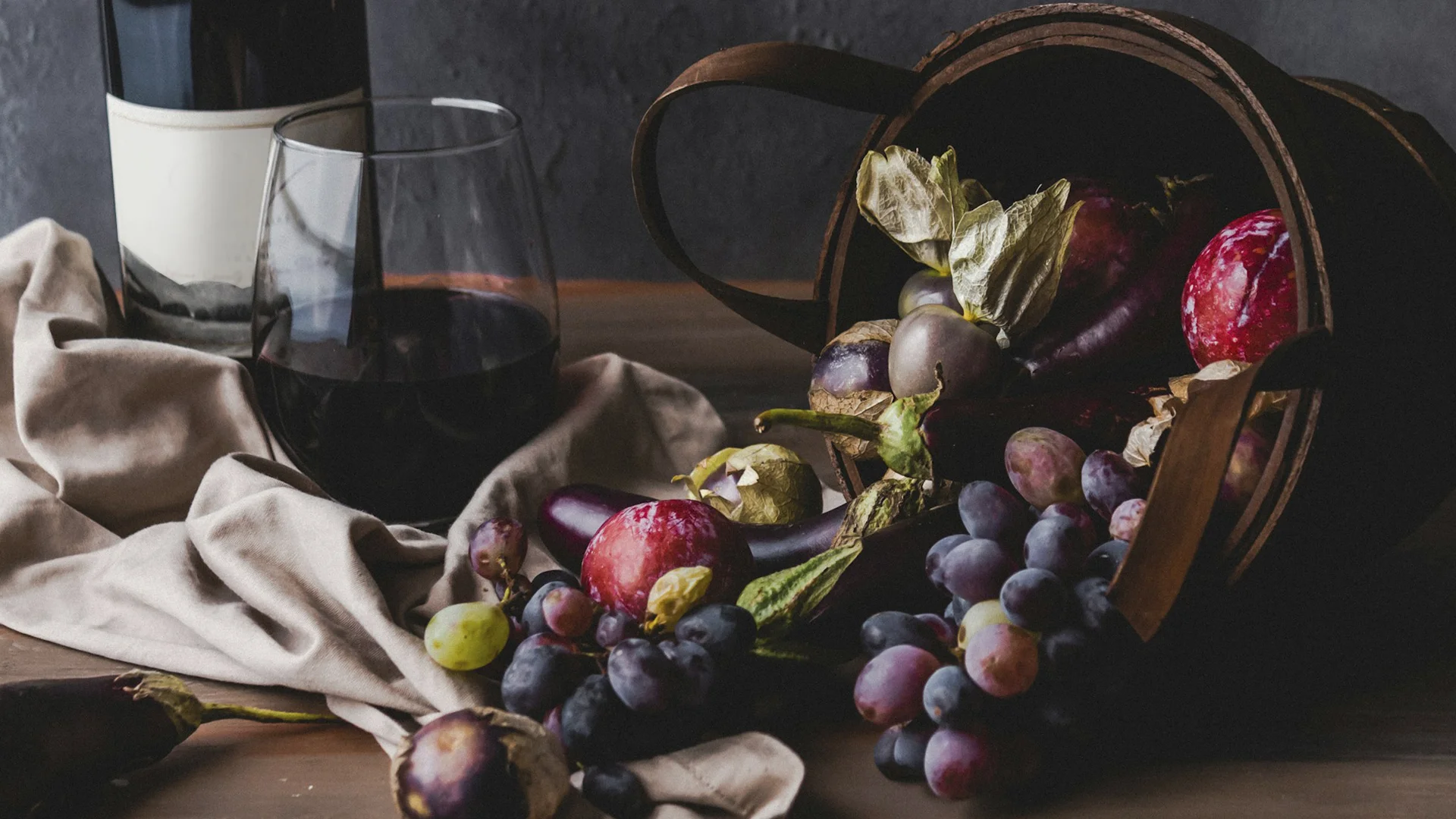








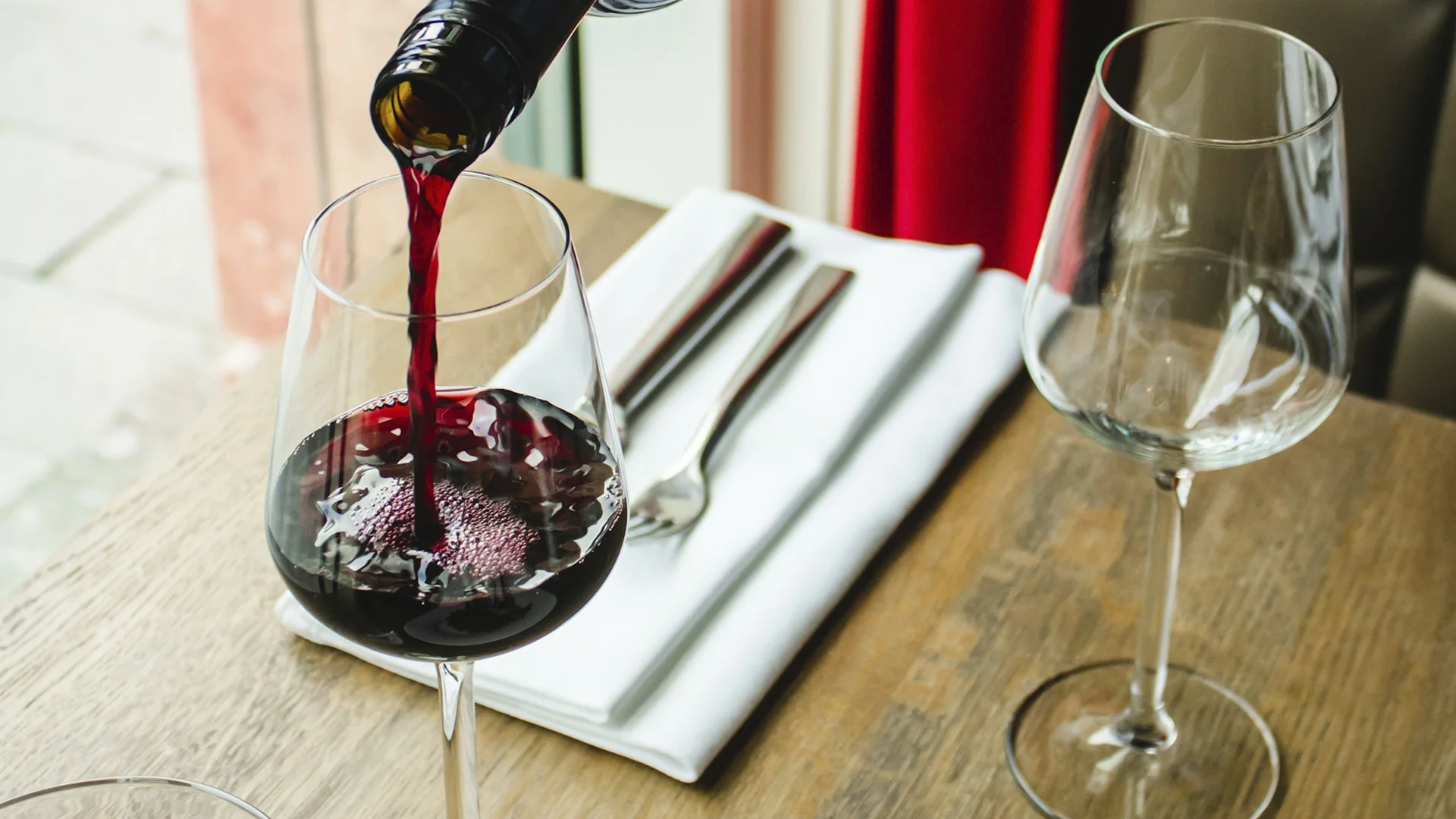












.webp)

.webp)
.webp)
.webp)


























.webp)













Are you interested in
collaborating with us?